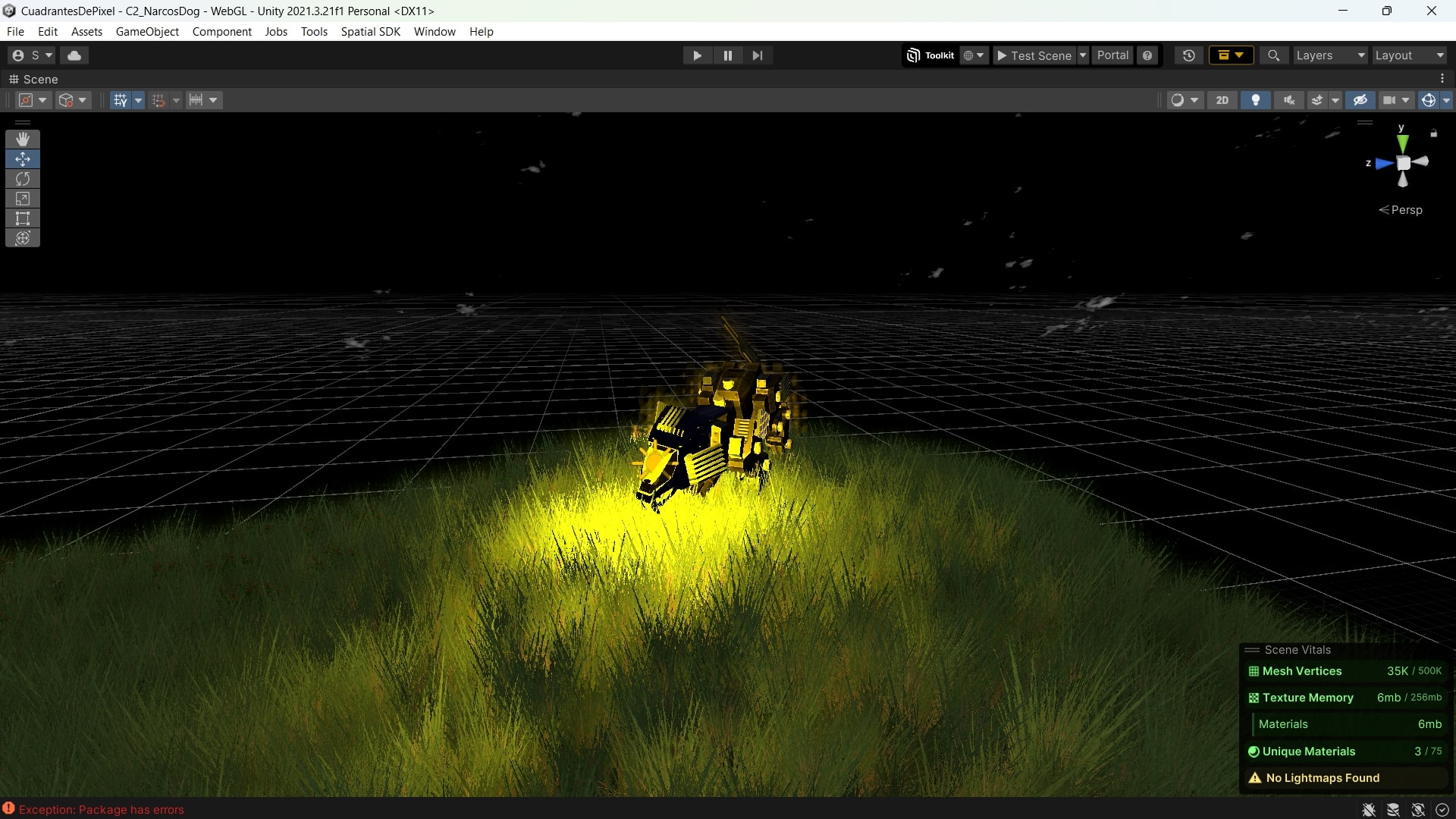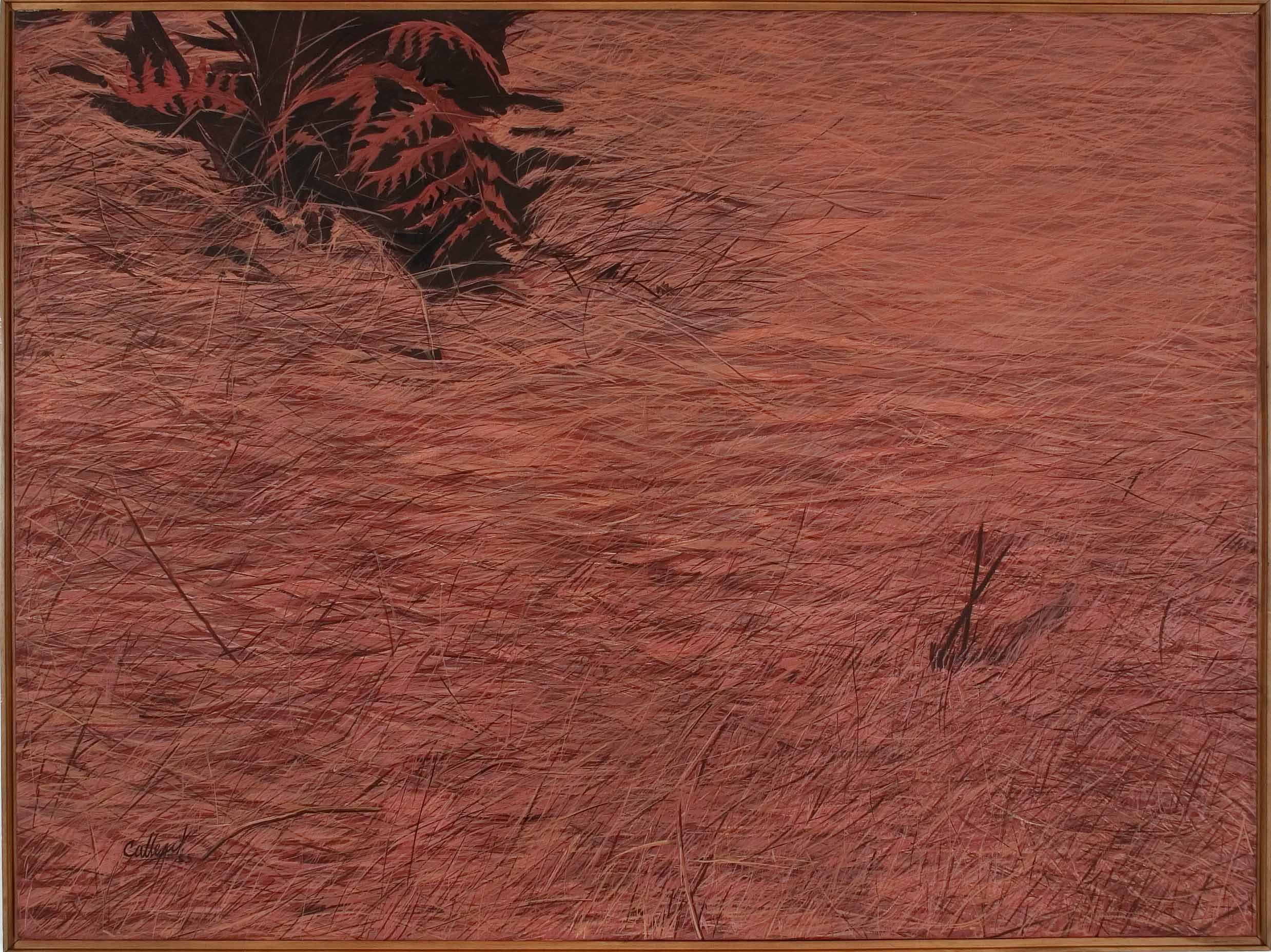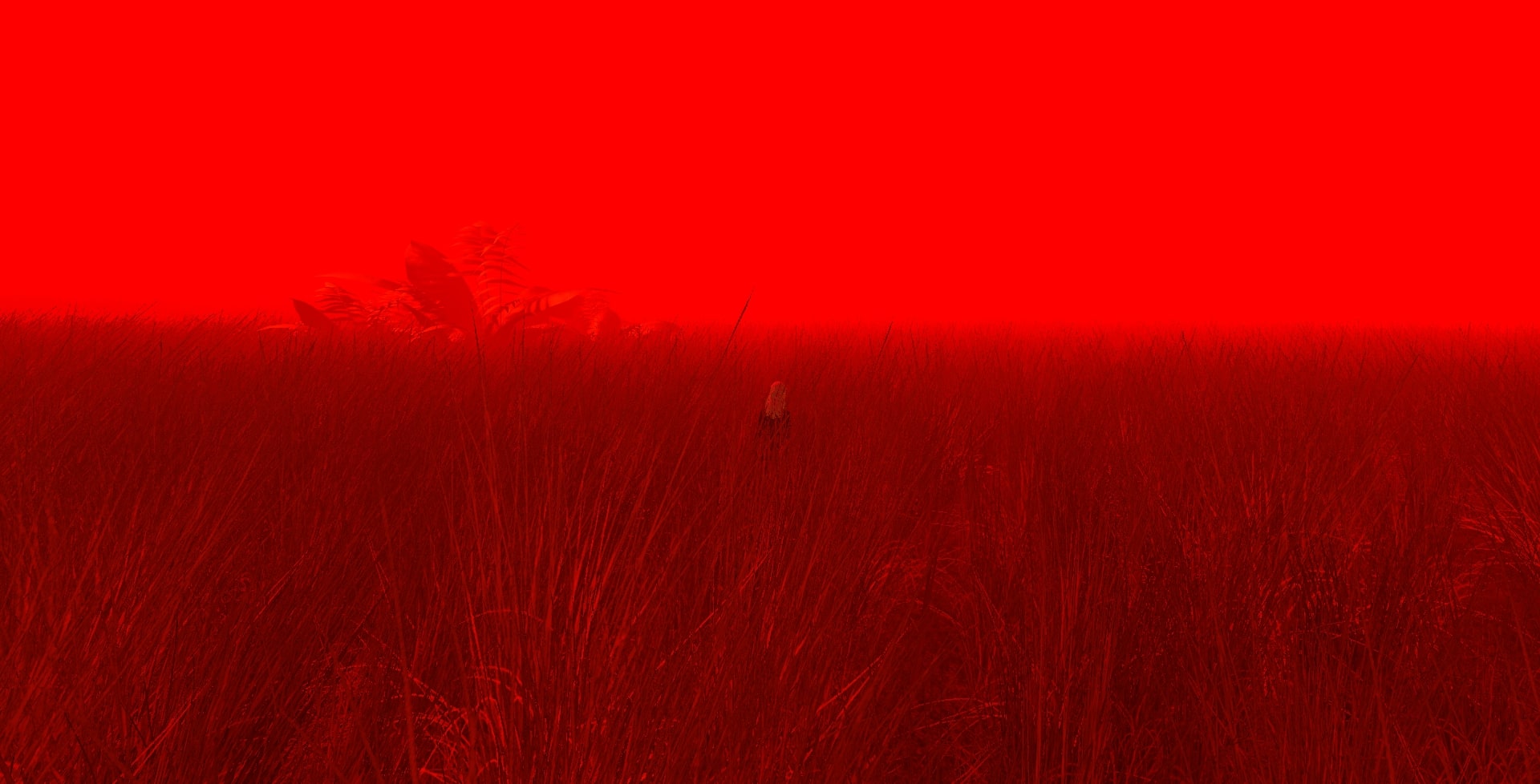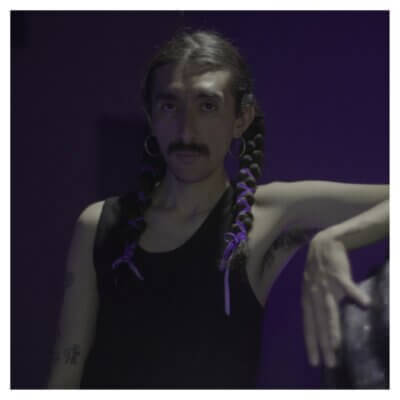Digital Residency
Digital Residency
The MAMBO Digital Residency emerged as a response to the need to rethink the role of digital tools in museums. Aimed at individuals interested in researching and experimenting with the use of digital technologies in museum contexts, this residency focuses on three main areas: the digitization of collections and archives, the digital reinterpretation of works from the MAMBO collection, and the development of new curatorial and educational practices adapted to virtual environments.
The goal of the residency is to facilitate the development of research-creation projects that address the museum’s content from a digital perspective. Residents are invited to propose initiatives that explore the potential of digital technologies to create interactive experiences and new forms of access to the collection. These projects may include digital artistic responses, the design of applications and interactive platforms, immersive virtual tours, the digitization of historical archives, and the production of multimedia content for digital platforms.
The winners of the first edition of the Digital Residency are Sebastián Mira and Digital Visual Studies collective.
Residency 1
pixel quadrants – Sebastián Mira
pixel quadrants consists of the digital reinterpretation of seven paintings from the MAMBO Collection by Colombian artist Rodrigo Callejas. This reinterpretation was carried out through gamified and navigable experiences on the multiplayer platform spatial.io. Through this proposal, Sebastián explores landscape art via interactive interfaces and reflects on how we perceive and integrate with the world. By reimagining the genre of landscape in the digital context, he invites us to reconsider the relationship between the physical and the virtual, creating a bridge between the museum and digital generations, as well as distant audiences.

Creation and research process of pixel quadrants
Sebastián’s project was developed in two stages: in the first, he selected works from the MAMBO Collection that explore different approaches to landscape art; in the second, he worked on the digital reinterpretation of these seven pieces, experimenting with various trials and adaptations to transfer them into the virtual environment.
pixel quadrants focuses on the exploration of virtual landscape art and hypermateriality—concepts that question the relationship between the physical and the digital in the production and exhibition of art. Digitization is not only used as a medium but as a creative tool to generate experiences and forms of interaction with the pieces. In this sense, Sebastián reflects on the role of the web and video games as exhibition platforms, highlighting their ability to create immersive spaces where the boundaries between the material and the virtual blur.
Upon entering spatial.io, a vast, white, sterile landscape greets the visitor. In the center is a barbed-wire structure arranged in a grid-like form, with sections containing portals to eight different worlds: seven of them inspired by Rodrigo Callejas’ paintings and one based on the physical layout of the MAMBO. Entering these portals, the visitor plunges into various pictorial atmospheres, seemingly empty, that invite exploration and traversal.

Scene based on Narco’s Dog (1987) by Rodrigo Callejas. MAMBO Collection
This process raises questions about the implications of digitizing collections in museums and how we engage with works in a digital format. Ultimately, digitization acts as a bridge, helping cultural institutions bring their content closer to digital generations and audiences who, although unable to visit the museum physically, have access to internet-connected devices. pixel quadrants uses digital tools to rethink how collections can be experienced in the digital age.

Photo 1: Rodrigo Callejas, Neusa (1985). MAMBO Collection.

Photo 2: Scene based on Neusa by Rodrigo Callejas.
Artworks in pixel quadrants
The seven paintings by Rodrigo Callejas from the MAMBO Collection that have been reinterpreted in this project are:
- Campo de fuerza (1987)
- Narco’s Dog (1987)
- Paisaje (1989)
- Incendios (1979)
- El Peñol (polyptych) (1981)
- Neusa (1985)
- Paisaje (1978)
 Sebastián Mira(Colombia) is an artist and curator interested in practices of mutuality, friendship, and archiving. His work explores the manifestations of landscape in the virtual realm, the relationships between physical and digital spaces, and the methods of representing objects, beings, and places through screens. His work has been exhibited in Amsterdam, Bogotá, CDMX, Linz, Marseille, Medellín, New York, and the wwweb. He currently co-directs VIRREINA and MSD: an exhibition and residency space focused on contemporary land art practices, and a curatorial duo centered on haptic and affective experiences within the digital realm. In his spare time, he collects electronic pets, bricks, and architectural renders.
Sebastián Mira(Colombia) is an artist and curator interested in practices of mutuality, friendship, and archiving. His work explores the manifestations of landscape in the virtual realm, the relationships between physical and digital spaces, and the methods of representing objects, beings, and places through screens. His work has been exhibited in Amsterdam, Bogotá, CDMX, Linz, Marseille, Medellín, New York, and the wwweb. He currently co-directs VIRREINA and MSD: an exhibition and residency space focused on contemporary land art practices, and a curatorial duo centered on haptic and affective experiences within the digital realm. In his spare time, he collects electronic pets, bricks, and architectural renders.
Bogotá (re)imagined: Explorations with AI and the Digital Collection of MAMBO – Colectivo Digital Visual Studies
This project presents a curatorial approach to MAMBO’s digital collection, using artificial intelligence to (re)imagine Bogotá. AI models are employed to analyze the artworks and extract visual and textual features, which are then integrated into the city’s context. The project aims to redefine both the collection and the city, creating artistic experiences through this technology. The initiative seeks to offer new perspectives on the MAMBO Collection and Bogotá’s urban landscape, while also addressing the ethical and cultural issues surrounding the use of such technologies. Through this residency, the goal is to explore the possibilities and challenges of AI-assisted curating
Digital Visual Studies (DVS) (Switzerland) is part of the Max Planck Society and the University of Zurich, Switzerland. The lab is multidisciplinary, situated between visual studies research and the use of digital tools such as artificial intelligence. The team comprises Ana María Zapata, a Colombian art historian and literati with a master’s degree in information and data science, who serves as the Editor-in Chief of the International Journal for Digital Art History and has extensive experience in digital visual studies and art history projects; Darío Negueruela del Castillo, the Scientific Coordinator of DVS, with a background in architecture and expertise in applying AI models to cultural research; doctoral students Ludovica Schaerf and Pepe Ballesteros, who specialize in computer science, computer vision models, and digital humanities; Lacopo Neri, an architect skilled in creating platforms and interfaces for research projects involving AI in culture; Andrea Alfarano, an engineer with a focus on AI models, especially in deep learning and latent space research; and Tristan Weddigen, director of the Max Planck Institute for Art History – Bibliotheca Hertziana in Rome.

Open Call Results
From July 8 to July 19, 2024, the call for applications for the Digital Residency was open. A total of 31 applications and proposals were received from Colombia, Mexico, Argentina, Peru, Venezuela, and the United States. Applicants included undergraduate and graduate students, artists, art historians, designers, journalists, art educators, social communicators, anthropologists, philosophers, educators, emerging researchers, and cultural managers. For this edition, and due to the high quality of the proposals, two finalists were selected for the first edition of the Digital Residency.
Acknowledgment
The Digital Residency is generously supported by the Government of Canada’s New Frontiers in Research Fund [NFRF-2022-00245] in collaboration with Susana Vargas-Mejía.
